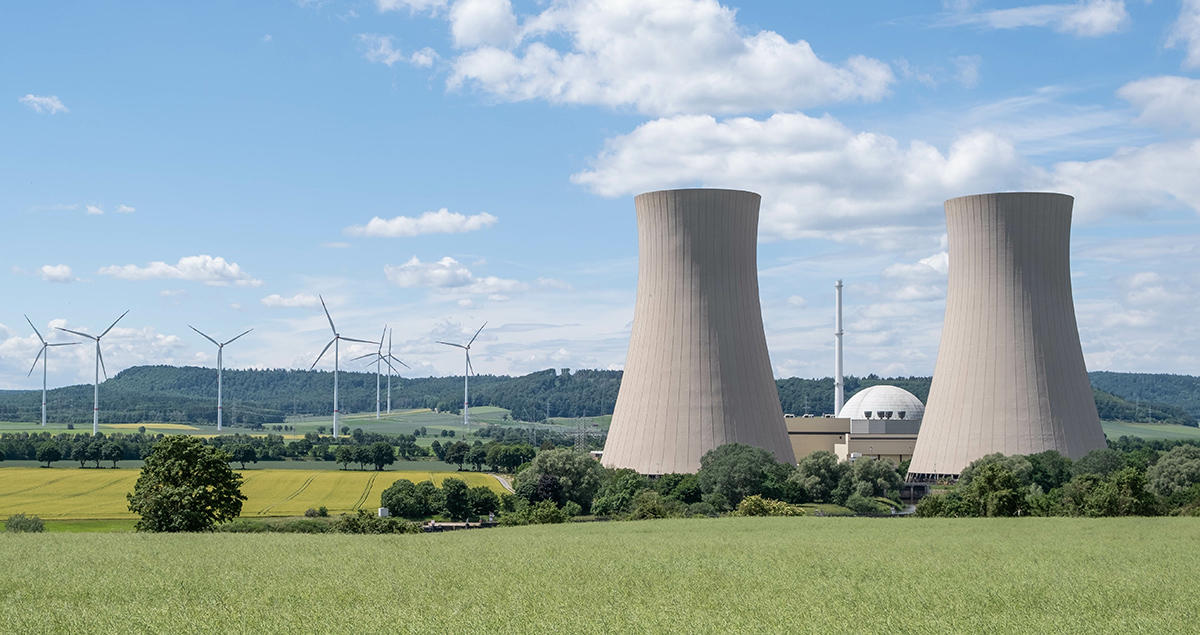How Climate and Energy Crises Are Giving New Life to Nuclear Power

This article was licensed through Dow Jones Direct. The article was originally published on Dow Jones Institutional News.
Nuclear is on the upswing. Shares in nuclear-fuel producers Cameco and Centrus Energy are up 17% and 16%, respectively, in the past month. NuScale Power, which builds small reactors, is up 7.8%. And BHP Group, a miner that produces uranium, is up 14%.
It isn't just stocks. Oliver Stone aired his documentary Nuclear Now! to a packed screening in Davos. Stone argued that nuclear could be a climate-crisis solution and criticized some environmentalists for opposing it.
Meanwhile, South Korea said recently that nuclear is likely to account for 32% of power by 2030, up from expectations of 24%, the result of a plan that Korea's new president campaigned on.
And China should have the largest reactor fleet in the world by 2030, says an Oxford Institute for Energy Studies paper.
In the U.S., which gets 19% of its power from nuclear, most plants were built from 1970 to 1990; six have closed since 2017, with three more expected to go out of operation by 2025.
That said, President Joe Biden's infrastructure bill and Inflation Reduction Act provide support for nuclear, including keeping plants on-line and subsidizing smaller, more flexible reactors. Terrapower, founded by Bill Gates, is building a Wyoming nuclear plant to replace a coal plant. Two new nuclear units are expected in Georgia this year, the first in the U.S. since 2016.
Fukushima and nuclear-waste fears linger. But nuclear can serve as a stable low-carbon source of baseload power without solar and wind's intermittency problems. Countries face big decisions. France already gets 70% of its electricity from nuclear. And Germany was criticized for phasing out nuclear before last year's energy crisis.
Discover more about MHI’s new generation nuclear reactors





